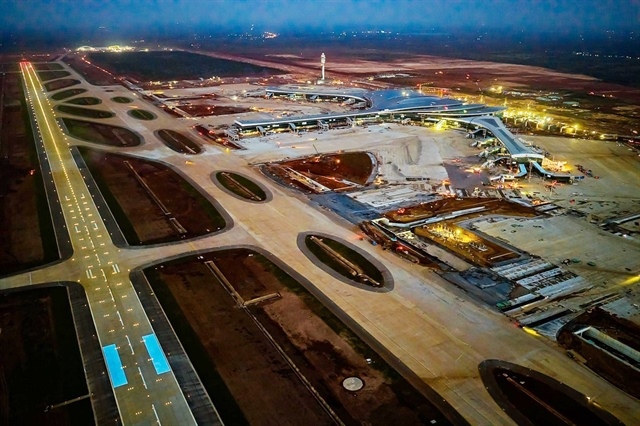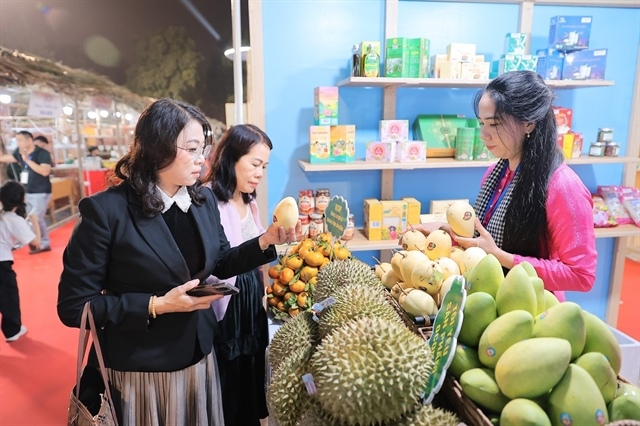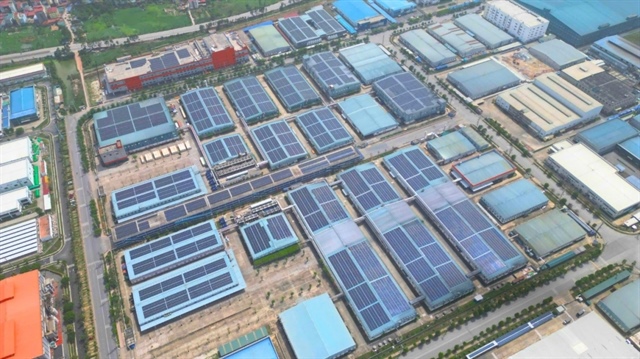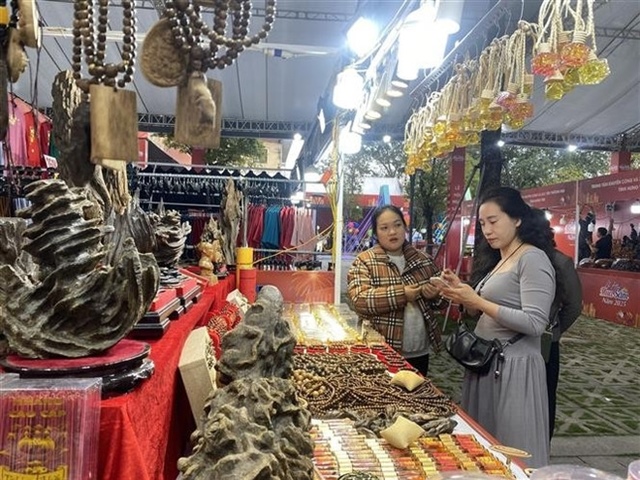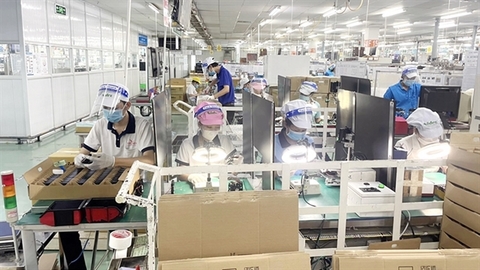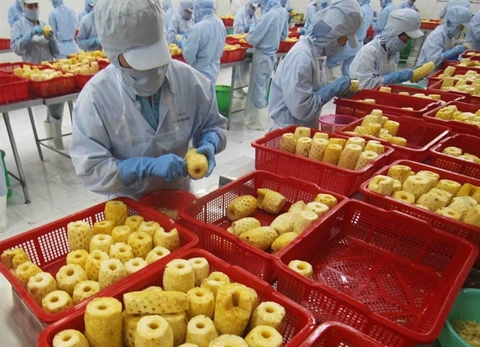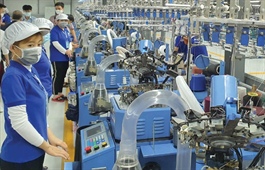Vietnam on the rise as regional industrial hotspot
Vietnam on the rise as regional industrial hotspot
It is very clear that Vietnam is on the rise as an industrial hotspot in the region, and even to some extent in global supply chains. Peter De Boeck, partner at McKinsey & Company’s Vietnam office shared with Mai Dang how Vietnam has been drawing the spotlight in global trade and investment.
How would you evaluate the process of industrialisation and modernisation in Vietnam recently?
It is very clear that Vietnam is on the rise as an industrial hotspot in the region, and even to some extent in a number of global supply chains. In the work that we do across the region and globally, we have seen Vietnam systematically rise on the charts in several metrics in comparison with other countries. Supporting elements include strong educational investments, the tangible investment plans by the provinces and the state to make the country more attractive in terms of infrastructure, as well as more orchestrated efforts in industrial development, among others.
One can also see this in the data. GDP has increased at a compound annual rate of around 5 per cent in real terms over the past 20 years, which was 1.7 times faster than the global average. Even in 2020, when the COVID-19 pandemic was causing deep disruption in the global economy, Vietnam posted GDP growth of around 2.9 per cent.
Vietnam’s share of workforce who have received advanced or intermediate education increased from 28 per cent in 2011 to 41 per cent in 2020. Local companies are growing in capabilities and local competition is thus getting stronger as a result, with local competition accounting for 70 per cent of Vietnam’s sales in the consumer packaged goods sector. Vietnam is also continually investing in improving ease of doing business in the country, earning the country a rank of 70th out of 190 economies from the World Bank in 2020.
What are the opportunities for Vietnam's industrialisation and modernisation to continue to grow?
Opportunities are probably threefold if done well and if some obstacles can be overcome. There is a whole dimension of increasing foreign investments into subsidiaries and regional headquarters in Vietnam. Talent, growing middle class, and other factors work to the country’s advantage. The language barrier and perceived administrative burden are among the elements to overcome.
A second axis of development is to grow local leaders into true international or regional players. Vietnam has an impressive list of local companies with a strong local track-record of growth and opportunity. The main question is how do you make these companies regional champions or even global champions in some domains?
Finally, GDP shows still a too strong dependence on some sectors. The question is how to build local capabilities in sectors where Vietnam should be active.
There is large-scale production of many industrial export products in Vietnam, but the pace of industrialisation and modernisation remains slow. Why do you think this is the case?
That is a very good question, and it is essential to fully understand the answer to it. This is because not addressing it might even undermine the development of the country. Research shows that the factors that help grow per capita income to $3,000 are different from the factors that grow per capita income from $3,000 to $10,000 and beyond.
In the first phase of growth, low factor costs (for example low labour costs or favourable tax regimes) are enough to fuel growth. However, the second phase of growth requires more. Business needs to truly drive value-added, and not purely be a “converting” businesses.
We see this also in our analysis. Vietnam has experienced growth in its GDP thanks to labour supply growth. However, despite a significant increase in manufacturing and exports from 1997 to 2019, Vietnam did not see a corresponding increase in value-added. This is where growth driven by productivity comes in. Analysis by the McKinsey Global Institute shows that Vietnam needs to double productivity in the next decade to reach targeted economic growth figures.
This is also exactly why the theme of industrialisation and modernisation of Vietnam – as brought up in many instances and discussed during the Vietnam Industry 4.0 Summit 2021 – is so important. Without it, there is a risk of pursuing unsustainable growth. The digitalisation of industry – as discussed during the conference – is a good example of this. The companies in Vietnam have the opportunity to really embrace these technologies and hence leap from Industry 2.0 towards Industry 4.0 and fast-track themselves also when compared to foreign companies.
Analysis shows there are opportunities for Vietnam to develop further in growing its digitally enabled ecosystems (with the potential to grow the value pool in its ecosystems from $50 billion in 2020 to up to $100 billion by 2025), work towards reducing fragmentation in the fintech market and supporting the rise of capable market orchestrators, and accelerate digital adoption by customers, businesses and sectors.
What platforms does Vietnam have to keep up with other countries in the region, what does Vietnam lack?
While going into full detail would probably be beyond the scope of this article, let me name a few key examples that play to the advantage of Vietnam.
First, education levels and eagerness to learn is high. The investments made in education are paying off, as reflected through Vietnam’s workforce education and ease of doing business figures. Further investments in critical enablers to boost workforce productivity would also contribute greatly to Vietnam’s competitiveness. These include going beyond Vietnam’s excellence in early education towards cultivating stronger cognitive, behavioural and practical skills among working professionals, and reskilling/upskilling workforces to be ready for Industry 4.0.
Second, Vietnam is also accounting for a large share of manufacturing for companies in Southeast Asia, with infrastructure being developed to support this in economic zones and across the country. 2021 data from the Vietnamese Ministry of Planning and Investment indicates that 300 global companies are planning to invest in Vietnam and over 60 are already expanding investments in the country.
One example of an obstacle that needs to be overcome to take Vietnam to the next level is improving the speed and pace of doing business for investors. Our research shows that the speed of decision making is increasing globally, and contrary to what one potentially would have predicted, has even increased during the COVID-19 pandemic. That means that supporting processes need to follow in order to not slow things down.
Yet all-in-all, Vietnam has an edge and potential on many fronts as mentioned before. The next 5-10 years is now all about delivering against it.


